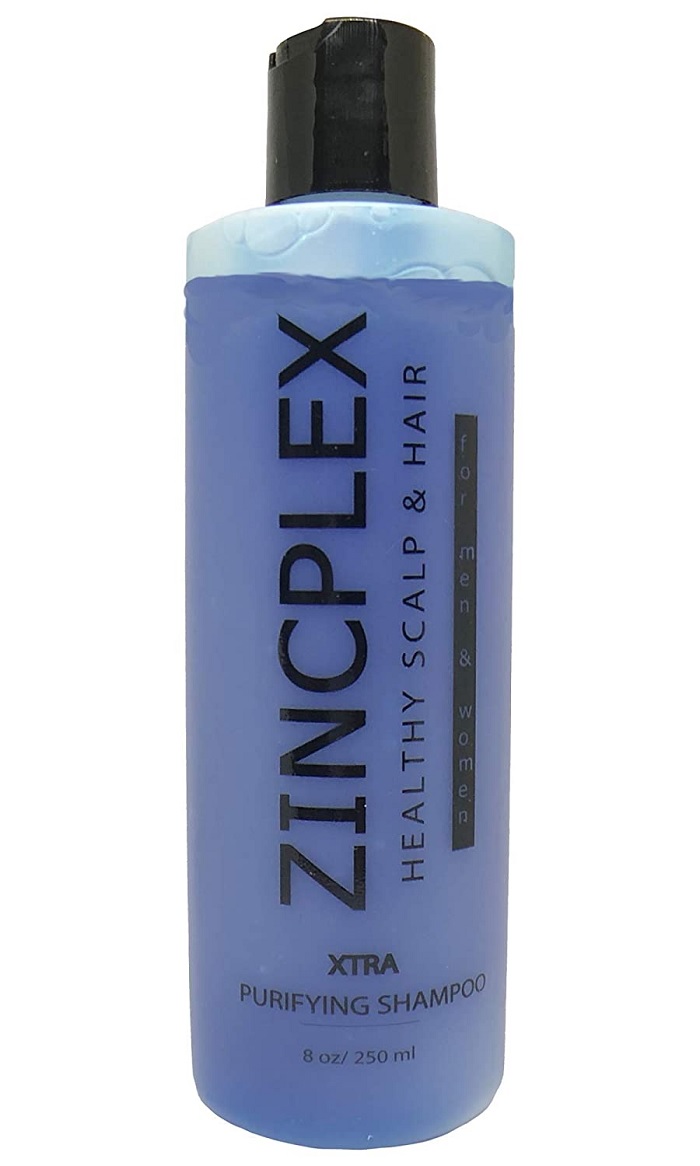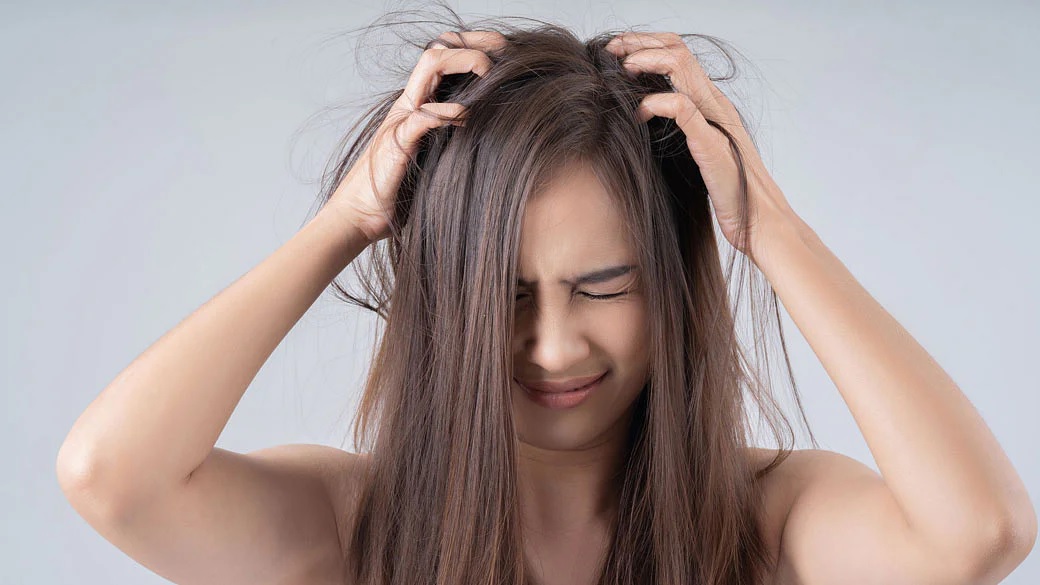Have you been struggling with oily scalp and dandruff for a while now? If so, it might be time to get diagnosed and treated. Oily scalp and dandruff are two commonly-seen dermatological conditions, which can be frustrating and embarrassing. But don’t worry – we’re here to help! In this blog, we’ll discuss the causes of oily scalp and dandruff, as well as provide you with some helpful tips on how to get rid of them. Stay tuned for more updates in the near future!
What is an oily scalp?
Scalp problems are common, and can be caused by a variety of factors. One of the most common is an oily scalp – which is a sign that your hair is not absorbing oil and sweat properly. This can lead to excessive shedding, dandruff, and overall skin problems.
To get rid of an oily scalp, you need to combat the root cause – which is usually a combination of environmental pollutants and dryness/excessive use of shampoos. If you’re struggling with scalp problems, it’s important to first identify the cause.
From there, it’s important to use natural moisturizers like coconut oil or shea butter to restore balance to the skin’s oils. In the meantime, make sure you’re using a shampoo that is designed to combat oiliness and dryness.
What are the causes of an oily scalp?
Scalp oil is a common issue for many people, and for good reason. Oily scalp is a sign that your hair is not being soaked up by the oil glands on your scalp. Over time, this will lead to an accumulation of oils and dead skin cells on the surface of the hair. This buildup can cause scalp oil to seep out and cause dandruff.
To treat an oily scalp, you first need to identify which products are causing the problem. In most cases, it’s shampoo or conditioners designed for dry or sensitive scalps that are the root of the issue. You can then use treatments like shampoos designed for dry or sensitive scalps, conditioners, or topical solutions.
Keep in mind that scalp oil can also be a symptom of other hair problems, like seborrheic dermatitis or dandruff. If you’re experiencing scalp oil and dandruff, it’s important to seek the help of a dermatologist who can identify the underlying cause and recommend a treatment plan.
How to get rid of dandruff?
Scalp dandruff is a common condition that can be difficult to get rid of. It can be caused by a variety of factors, including dry skin, sebum production, and a lack of oiliness in the hair follicles. To get started on the path to dandruff-free skin, try using a shampoo with aloe vera or witch hazel extract as its main ingredient. If that doesn’t work, you might need to resort to an anti-dandruff topical cream or lotion. Keep in mind that it may take some time for dandruff to clear up completely, so be patient and persistent.

Oily scalp and dandruff – what are they?
Oily scalp and dandruff are problem skin conditions that can be difficult to treat. They occur when the oil production in your hair follicles becomes excessive, leading to an increase in fungus and bacteria growth. Treatment typically involves removing the excess oil with a comedogenic shampoo or cream, as well as topical treatments like ketoconazole or selenium sulfide supplements. If you experience chronic problems with oily scalp and/or dandruff, speak to your doctor about treatment options.
How to get rid of oily scalp and dandruff?
Oily scalp and dandruff are common skin problems that can be difficult to get rid of. The causes of oily scalp and dandruff vary, but typically it’s caused by a combination of environmental factors and your own hormones. If you’re struggling to get rid of it, here are four tips that may help:
- Start by examining the combination of environmental and hormonal factors that are contributing to your oily scalp and dandruff.
- There are many different treatments for oily scalp and dandruff, but the best approach is always trial and error.
- Keep a clean bathroom environment to reduce the amount of oil produced on the skin.
- Try various hair care products and treatments to find one that works best for you.
Some home remedies for oily scalp and dandruff
If you’re struggling with oily scalp and dandruff, it can be difficult to know what to do. Luckily, there are some home remedies that can help. Oily scalp and dandruff can be caused by a variety of factors, but usually it’s a sign of a problem that needs to be addressed. For example, if you’re experiencing oily scalp and dandruff due to stress, it might be a good idea to try some hair rinses, shampoos, or topical treatments to help clear the skin.
If you know the cause of the condition – for example, if it’s due to bacteria or fungus – then you’ll need to take antibiotics or antifungals, respectively. In the end, it’s important to work with a dermatologist who can help you find the right treatment for your individual case.
Do topical treatments work better than oral treatments for oily scalp and dandruff?
Topical treatments like topical shampoo and conditioner are better at treating oily scalp and dandruff because they reach deep down to the root of the problem. Oral medications like tetracyclines, minoxidil or ketoconazole work by killing off fungus over time but can have side effects such as liver toxicity. Ultimately, topical treatments are more effective for oily scalp and dandruff due to their simplicity and long lasting effects.
Oily scalp and dandruff are common scalp problems that can be difficult to get rid of. However, with a little knowledge and effort, you can get rid of oily scalp and dandruff completely. In this blog, we have covered the different causes of oily scalp and dandruff, as well as the different home remedies that you can try. Make sure to read through the blog and apply the tips that will help you get rid of oily scalp and dandruff.
